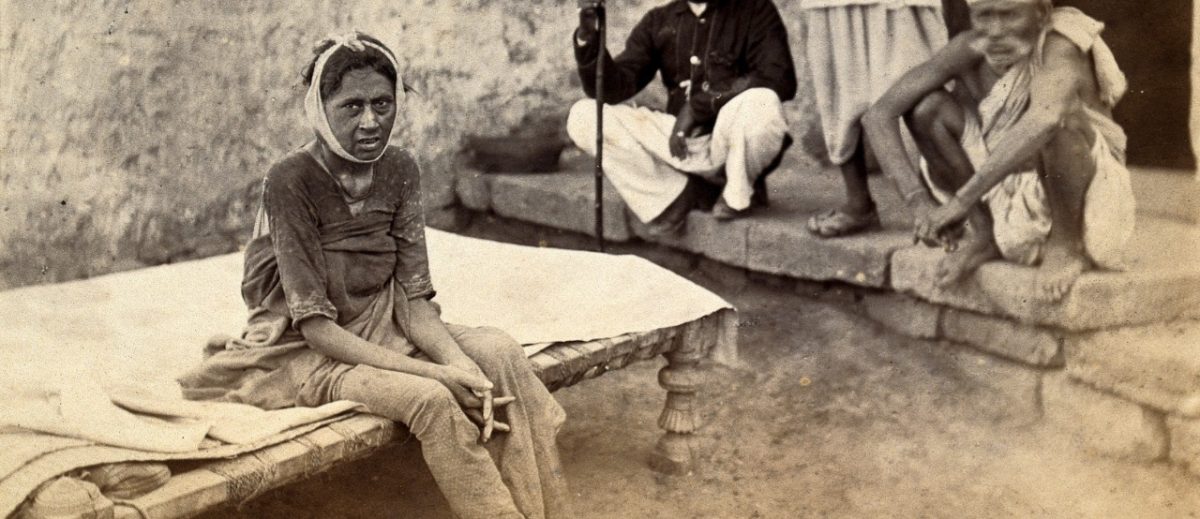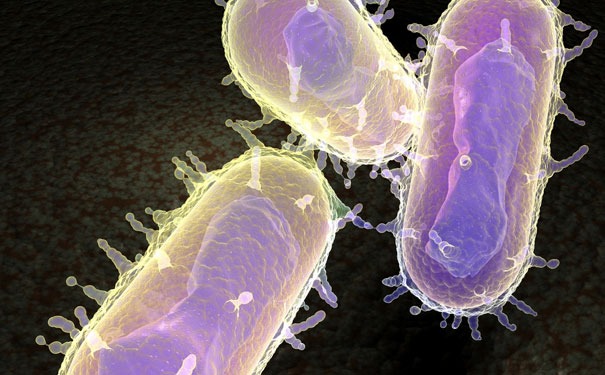

Amidst the Covid-19 Pandemic, while the whole world is struggling to come up with an effective vaccine to curb the spread of the disease, it is indeed alarming to hear about the resurgence of another infamous disease – Bubonic plague. Bubonic plague is caused by the Bacteria Yersinia Pestis. It can spread through contact with infected fleas or via animals like Rodents, Squirrels or hares. It can be passed to humans through animal bites, scratches or stings. The new case which was confirmed on July 5, was found in a herdsman living in the Northern city of Bayannur, in China. Local health authorities immediately issued a third-level alert, advising people to avoid hunting, eating or transporting animals that may potentially carry the disease. But fortunately, unlike Covid-19, in this case, there is some good news in the store. We have clear treatment for Bubonic plague and the disease is quite rare with a few cases every year found in the United States. Thus there is nearly no chance of this breaking into a pandemic, like the one in the 14th century.
THE HISTORY : THE “BLACK DEATH” EPISODE

The ” Black death ” was a devastating golbal epidemic that was caused by Bubonic plague, which struck Europe and Asia in the mid 1300s. The plague is thought to have originated in Asia over 2000 years ago and was likely spread by trading ships. This Plague arrived in Europe in October, when 12 ships from the Black Sea docked at the Sicilian port of Messina. People who were gathered in the docks were horrified to see that most people aboard the ships were dead and those few alive were gravely ill. Sicilian authorities hastily ordered the fleet of ” Death ships ” out of the harbour, but it was too late. For the next five years it took a toll on the lives of 20million people in Europe. Within a short span of time, it spread far and wide including places like North America, France, Paris, London, etc.
SYMPTOMS AND TREATMENT OF BUBONIC PLAGUE :
Though the disease is a rare one and there are medicines to cure it, yet in this current scenario, its re-emergence is causing panic among people. Two confirmed cases of the plague were reported last week by the Chinese authorities and now a squirrel has also tested positive of this bacterial infection, in Colorado in the United States. However, there is no need to get panicky about this; rather be well informed about its symptoms and cure and stay alert and safe.

• The symptoms – The symptoms of the disease include sudden onset of fever, headache, chills, weakness along with swollen, tender and painful lymph nodes. The bacteria thrive in that lymph node, which is closest to where it enters the human body. If the growth is not curbed in time, the bacteria can spread to other parts of the body through blood stream, thus causing Septicemic plague. If the bacteria gets into the lungs, it can cause Pneumonia or Pneumonic plague. So the best approach is to kill the bacteria as early as possible. animal bites
• Treatment – According to the World Health Organisation ( WHO ), plague can be diagnosed as a suspected, presumptive or confirmed case based on different kinds of evidence. Laboratory evidence includes detection by bacterial culture and antigen, antibody and nucleic acid testing. Several classes of antibiotics are effective in treating Bubonic plague. These include Aminoglycosides such as Streptomycin and Gentamicin, Tetracycline ( especially doxycycline) and Fluoroquinolone Ciprofloxacin. Preventive counter measures include physical isolation of patients, oral antibiotics and other strategies. animal bites